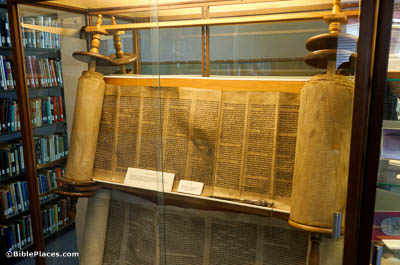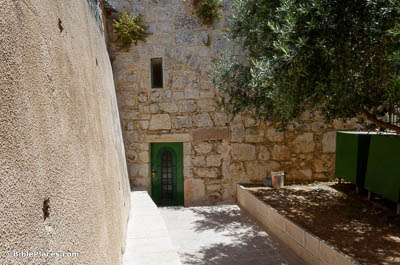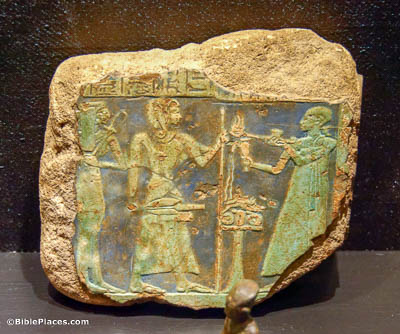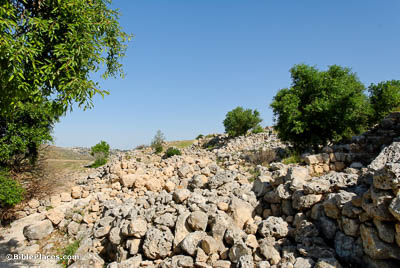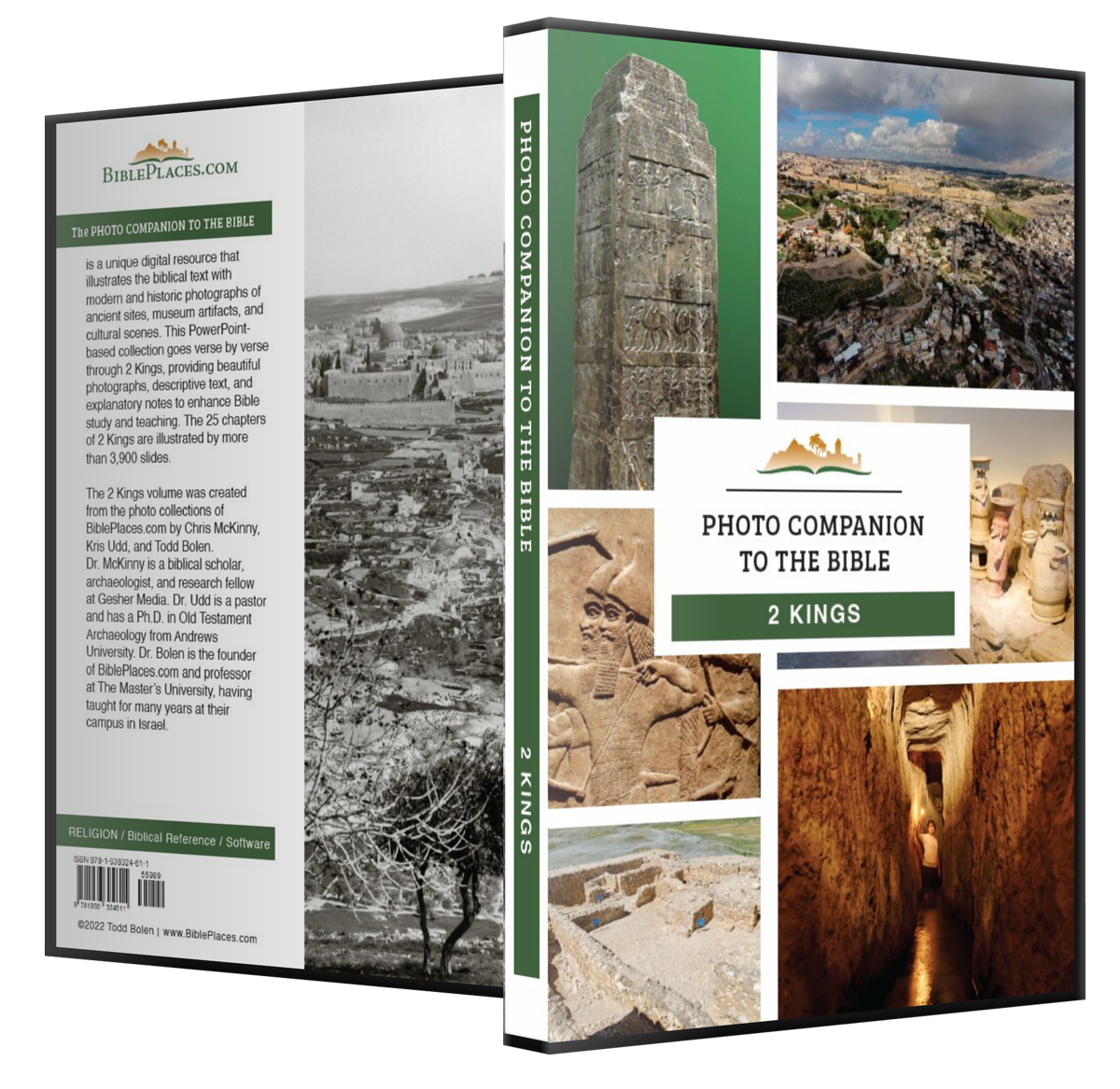Hilkiah the priest told Shaphan, “I have found the book of the law in the house of Yahweh” (2 Kings 22:8).
The “book” mentioned here was not a codex with pages, but a scroll; the codex was not invented until about the 1st century AD. The only question would be whether the scroll was made of papyrus or leather (parchment). Although papyrus was cheaper and more easily available and was almost always the material used for letters and smaller documents (cf. Jer 36:23), fine leather may have been used for a more valuable and permanent scroll like the Torah. A number of the earliest known examples of biblical texts, recovered from the caves along the Dead Sea, are written on leather.
